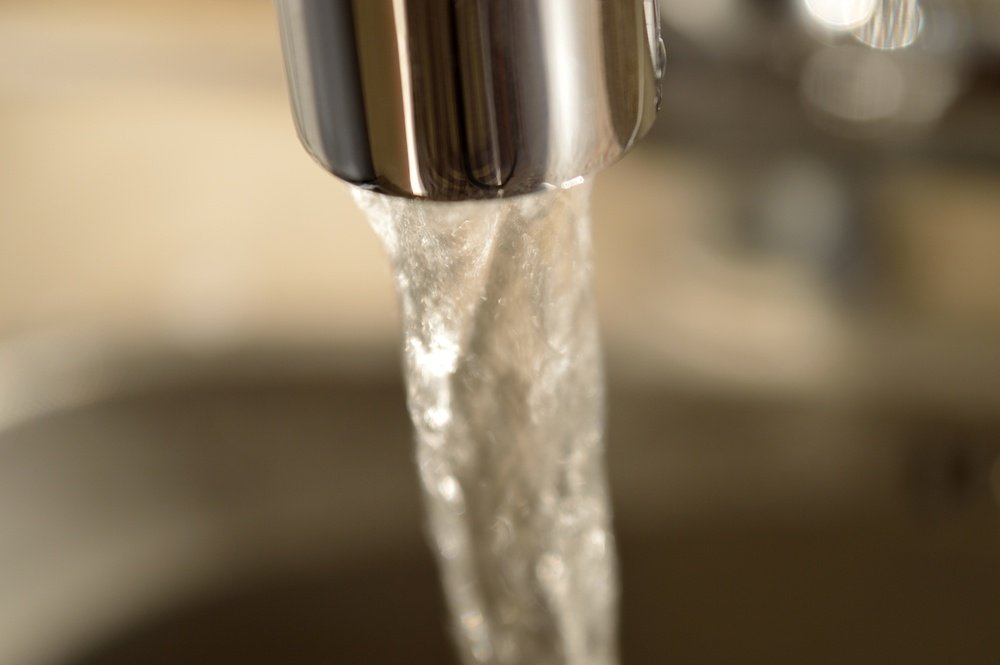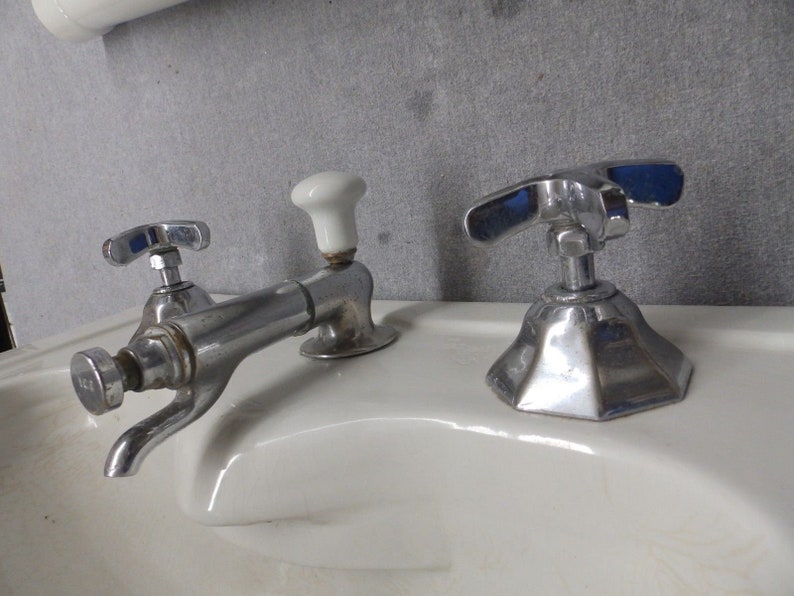In-depth Tutorial on Repairing a Leaky Tap: Specialist Tips
In-depth Tutorial on Repairing a Leaky Tap: Specialist Tips
Blog Article
Have you been hunting for information and facts around How to Fix a Leaking Tap Without Getting Professional Help?

Intro
A leaky tap is not just bothersome but can likewise throw away a substantial amount of water and lead to increased utility bills. In this detailed overview, we'll walk you through the procedure of dealing with a leaking faucet, enabling you to conserve water and money while preserving your plumbing system.
Collecting Devices and Materials
Prior to you start, collect the needed tools and materials for the repair service. You'll typically need a flexible wrench, screwdrivers, replacement washers or seals, plumber's tape, and a rag or towel to tidy up any kind of spills.
Shutting Off Supply Of Water
Locate the shut-off valve for the influenced faucet and turn it clockwise to shut off the water supply. If you're incapable to situate the shut-off shutoff, you may require to shut off the primary water system to your home.
Dismantling the Faucet
Use a screwdriver to get rid of the manage of the faucet, revealing the internal parts. Depending upon the sort of faucet, you may require to loosen a cap or collar to access the valve assembly.
Inspecting for Damages
When you've exposed the valve assembly, inspect it for any type of indications of damage or wear. Typical offenders of a leaky tap include worn-out washing machines, O-rings, or seals.
Changing Faulty Components
If you recognize any damaged or damaged parts, very carefully remove them using a wrench or pliers and change them with brand-new ones. Make certain to use the proper size and type of substitute components for your tap.
Reconstructing the Faucet
After replacing the faulty elements, carefully reconstruct the faucet in the reverse order of disassembly. Ensure that all parts are properly aligned and tightened to stop future leakages.
Evaluating for Leakages
When the faucet is reassembled, transform the water system back on and examine the faucet for leaks. If you see any type of leaks, ascertain the links and tighten them as required.
Guaranteeing Proper Performance
After validating that the tap is leak-free, examination its functionality by turning it on and off several times. Guarantee that the faucet operates smoothly and with no uncommon sounds or resistance.
Tidying up
Ultimately, tidy up any type of debris or spills from the repair service process and get rid of any type of old or broken parts effectively. Leaving the workplace spick-and-span guarantees a professional coating to your repair service.
Final thought
Fixing a dripping tap is a fairly straightforward DIY task that can conserve you money on water expenses and stop additional damage to your plumbing system. By following this step-by-step overview, you can deal with the repair work with confidence and delight in the advantages of a leak-free tap.
Fixing a Leaking Tap: Causes, Solutions, and Water Conservation
Causes and Signs
Worn-Out Washers: The tap washer, rubber or metal, creates a seal within the tap assembly. Over time, the old washer can deteriorate, leading to water seepage and a dripping tap. High Water Pressure: Excessive water pressure can strain tap components, causing leaks. The forceful water flow exerts pressure on the washers and other sealing mechanisms, resulting in a dripping tap. Faulty O-Rings: O-rings, usually made of rubber, provide a watertight seal between moving parts of the tap. If the O-rings become worn or loose, they can cause water to leak, resulting in a dripping tap and potential water damage to your property. Signs of a Dripping Tap
Audible Dripping Sounds: If you hear the sound of water droplets hitting the sink or basin, it’s a clear indication of a dripping tap. Puddles or Stains: Notice any puddles of water or stains around the tap area or on the sink surface. These signs suggest a dripping tap that requires attention. Reduced Water Flow: A dripping tap can affect the overall water flow, resulting in reduced pressure when using the tap. Gather the Necessary Tools
Adjustable spanner Screwdriver – flathead or Philips’s head New washers Towels or rags Turn Off the Water Supply
Find the isolation valve beneath the sink or by the tap and turn it clockwise to shut off the water supply.
Disassemble the Tap
Use a screwdriver to carefully remove the tap handle, exposing the internal components. Take note of the order and arrangement of the parts as you disassemble the tap. This will aid in reassembling it correctly later on. (We recommend taking photos on your phone for a no-fuss solution).
Inspect and Replace the Washer
Inspect the washer located at the bottom of the tap assembly. If it appears worn out or damaged, replace it with a new washer of the correct size and type. This simple replacement can often resolve the dripping tap issue.
Tips for Responsible Water Usage
Regular Inspection and Maintenance: Conduct periodic inspections of all taps in your home to identify potential leaks or drips. Timely repairs prevent water wastage and maintain the efficiency of your plumbing system. Install Water-Efficient Taps: Consider replacing old taps with water-efficient models that are designed to minimise water consumption. Look for taps equipped with aerators and flow restrictors to regulate water flow without compromising functionality. Conscious Water Usage: Develop mindful habits such as turning off the tap while brushing your teeth or soaping your hands. Additionally, use full loads when running dishwashers and washing machines to maximise water efficiency. Monitor Your Water Bill: Keep track of your water consumption by regularly monitoring your water bill. Any sudden increases may indicate a leaking tap or other issues that require attention. When to Seek Professional Help
Persistent Leaks: If your attempts to fix the dripping tap are unsuccessful or the problem keeps recurring, it may indicate an underlying issue that requires professional attention. Complex Repairs: In cases where the tap assembly is intricate, or the repair involves specialised knowledge, it’s advisable to seek professional help to ensure the problem is resolved effectively. https://proudplumbingandgas.com.au/blog/a-complete-guide-to-fixing-a-leaking-tap/

As a keen reader about How to Fix a Leaky Faucet, I imagined sharing that chunk was really helpful. You should take a moment to promote this entry if you liked it. Kudos for being here. Don't forget to come visit our blog back soon.
Contact Us Now Report this page